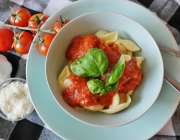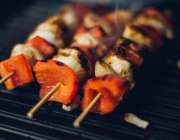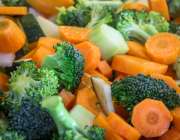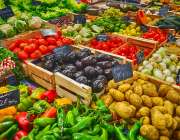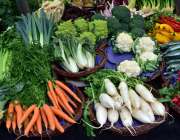- Email: info@yournutrition.site
- Home
- Living well
- Services
-
Recipes
- Recipes overview
- Large nutrition filter
- Breakfast
-
Lunch
- Spiced lentil soup
- Curried butternut squash and peanut butt
- Hearty leek and potato soup
- One pot spanish rice and bean soup
- Roasted veg filled herb egg rolls
- Spanish tortilla
- Vine tomato soup
- Chickpea and chorizo soup
- Pumpkin, sweet potato and ginger soup
- Minestrone soup
- Hot plum and fennel salad
- Chickpea and spinach curry
- Pink scottish salad
- Potato, pea and mint tortilla
- How to make your own kimchi
- Skirlie ball recipe
- Spiced carrot & lentil soup
- Poached eggs with grilled vegetables on
-
Dinner
- Hearty root veg curry
- Tarka dal
- Batch cooked beef stew
- Batch cooked chicken biryani
- Spiced pilau rice
- Pesto risotto with caramelised onions
- Mexican style sweet potato gratin
- Idiyappam
- Pumpkin risotto
- Jamaican black bean stew
- Balsamic roasted beetroot
- Easy peasy pizza
- Carrot and celeriac gratin
- Leek and potato cake
- Kale pesto
- Macaroni cheese
- Joe's healthier chilli
- Chicken jalfrezi
- Snacks
- Desserts
- Special diets
- Learn to cook
- Testimonials
- About
-
News
- News overview
- Nbite
- Nutrition News
- Site News
-
General News
- Coming soon
- Local News
-
Promotions
- Coming soon
-
Competitions
- Coming soon
- Links
- Contact
-
Living well
Rice
- Oct 12, 2018
- Joe Jones
- 622 words, Reading time around 4 minutes
- Living well
-
Healthy eating
Home & Business
Rice food nutrition vitamins learn-to-cook https-yournutrition-site advice information
Revered Rice
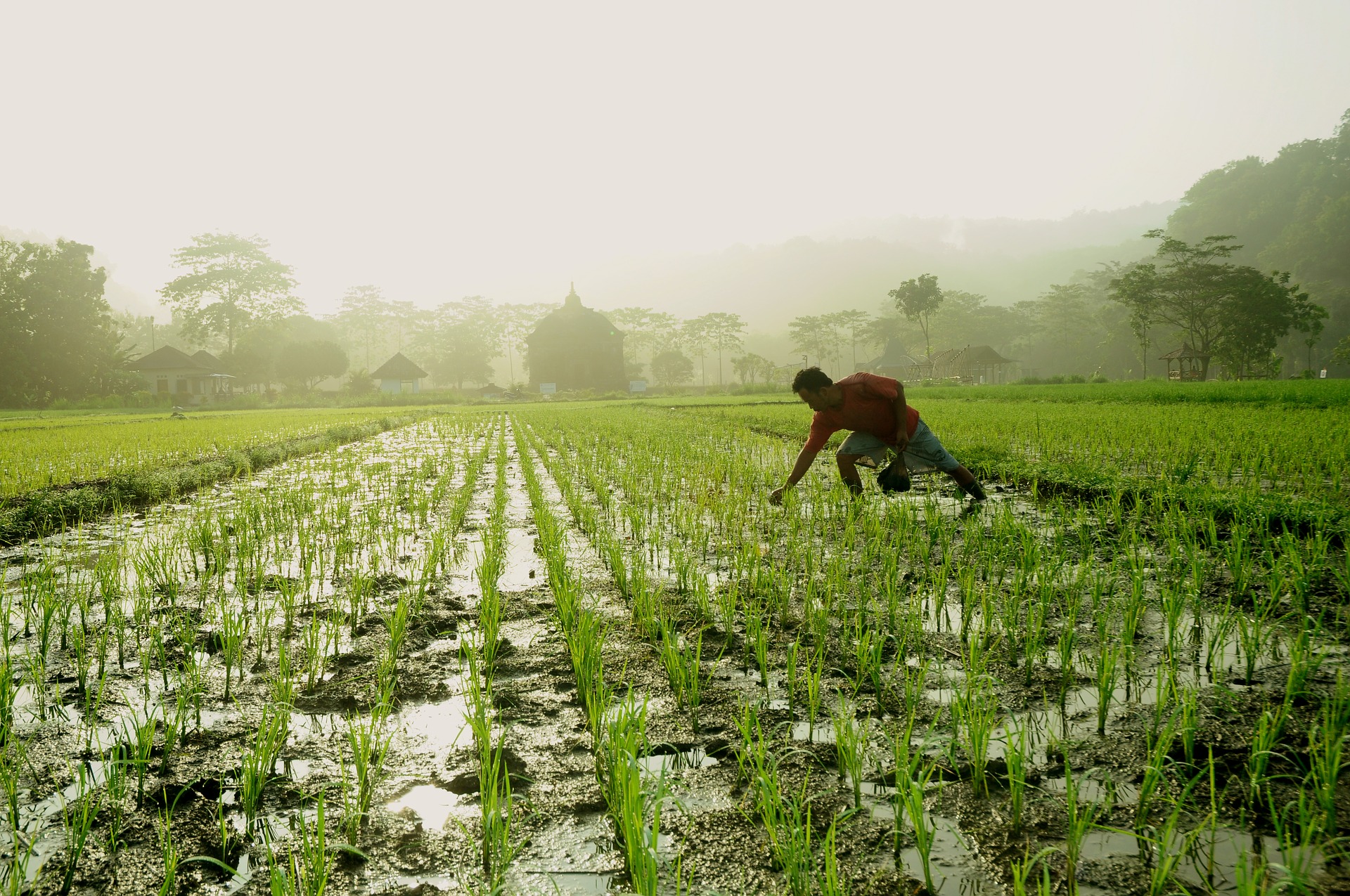
Field of rice
Rice Nutrition
Rice is the seed of two main domesticated species of grass, one being Oryza sativa (Asian rice) and the other Oryza glaberrima (African rice). From these two main species, come the two most commonly cultivated sub species that we know as short-grain rice (Oryza japonica) and long-grain rice (Oryza indica).
Rice is the most widely consumed staple food for possibly two-thirds of the world's population. Of the two main sub species, long grain rices, such as basmati contain more amylose starch, which causes the grains to become more separate after cooking whereas short grain rices contain more amylopectin which makes them starchier and stickier.
Rice is a great food as part of a well-balanced diet. It’s a starchy carbohydrate, which means it’s more slowly digested and broken down in the body, releasing energy more slowly over time. It also contains important minerals such as iron and zinc as well as B vitamins and is a source of protein and fibre. Rice sold with its bran layer intact is known as brown or wholegrain and therefore has a higher vitamin, mineral and fibre content than white rice.
Buying and Storage
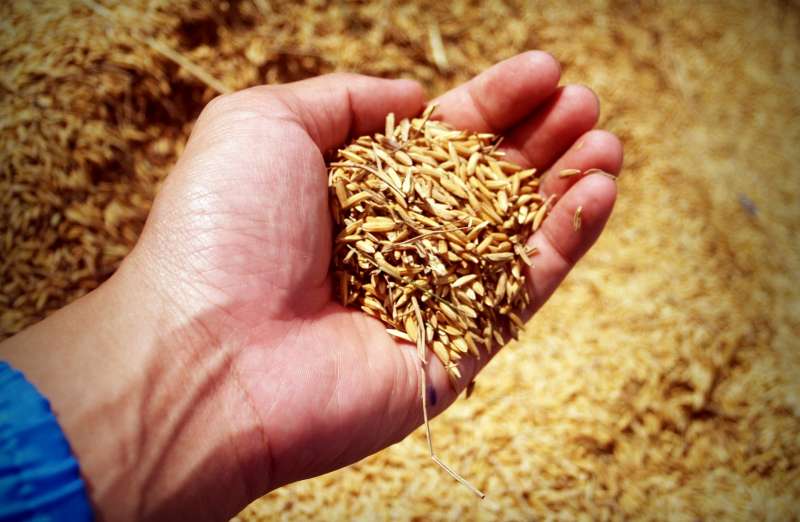
Grains of rice
When deciding on which rice to buy, as with many foods, well known brands and higher prices doesn’t always mean higher quality or better flavour. The best brands to look for, are those bought and recommended by people who frequently use rice, from Chinese or Indian food shops or more commonly now, world food sections of supermarkets.
If you have storage at home for larger quantities, it’s much more cost effective to buy large 5kg/10kg bags than 500g or 1kg at a time. It can be even cheaper still if a group of friends, family members or neighbours club together to purchase larger amounts then share it out.
When looking at packaging information, look for the country of origin. Rice from one of the main producing countries (China, India, Indonesia) usually means a better standard and quality, whereas without a country of origin stated, it may be a blend of grains milled to a more basic standard.
Buying and Storage
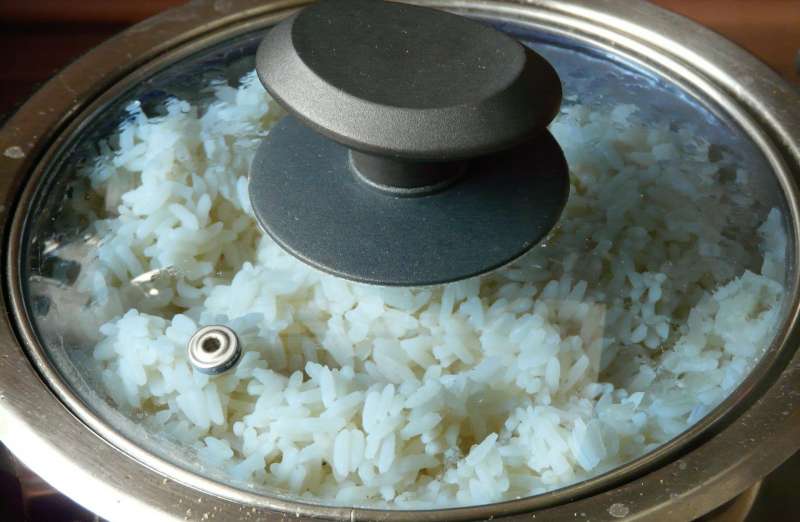
Steamed rice
Choose the most suitable rice for your recipe and use around 55g of uncooked rice per person. If unsure, follow the instructions on the pack.
For the main rice’s mentioned above apart from Risotto, there are four main methods of cooking:
Note: Basmati rice gives better results after a little pre-soaking and rinsing before cooking and all rice benefits from standing for 5 minutes after cooking and rinsing to allow excess water to be absorbed back into the grain
Open-Pan/Fast Boiling
Suitable for Basmati (white, brown, easy-cook) other long grain, wild rice and wild rice blends
Covered-Pan/Absorption
Suitable for Basmati (white, brown, easy cook) Thai, wild rice and wild rice blends
Steaming/Microwave
Suitable for Basmati, other long grain and Thai rice’s
Pilaff
Suitable for Basmati, easy-cook Basmati and other long grain rice’s
Main Types of Rice and Best Uses
Long–Grain Rice's
Basmati
Uses: Curries, pilaffs, biryani, casseroles, salads, with sauces and rice puddings
Thai
Uses: A good accompaniment to many Thai, Indonesian, Chinese and Indian dishes as well as in stir-fry, sushi, rice puddings, rice cakes
Short-Grain Rice’s
Risotto
Uses: Risottos, paella, fritters, puddings, cakes
Paella
Uses: Paella, risotto, can be hard to find in UK so risotto rice is a good substitute
Wild
Uses: In salads, mixed with white rice as an accompaniment, stuffing
This article is part of our new recipe type 'Learn to cook'. These recipes will provide you with fundamental cooking skills and break down the nutrition information on various cooking methods. Below is a link to all our recipes and the first rice recipe from our new series 'Boiled Rice'.

